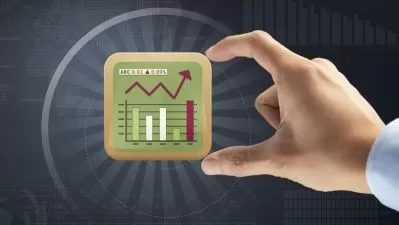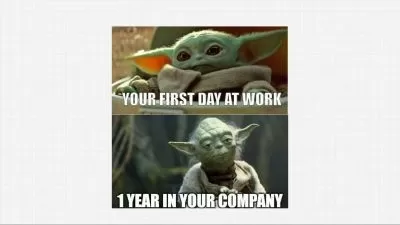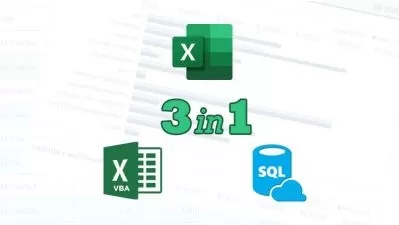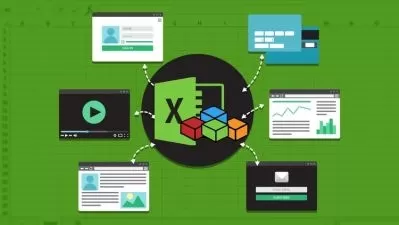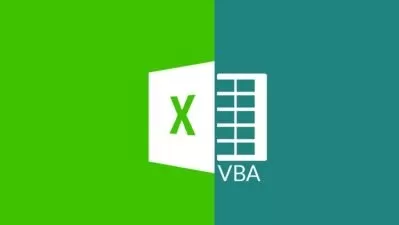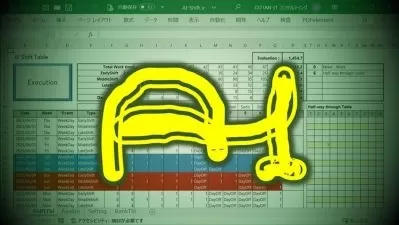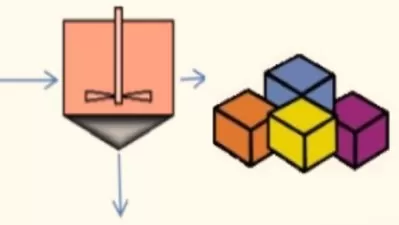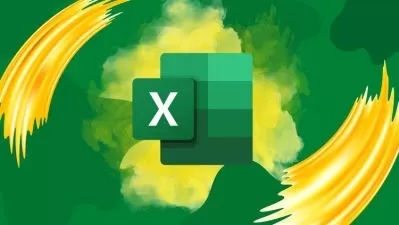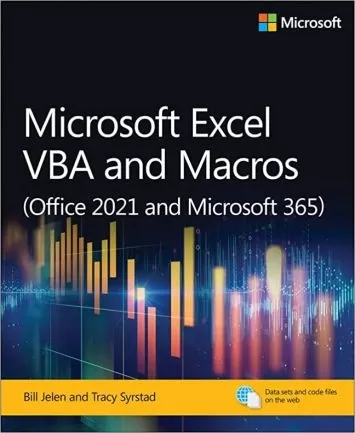About Excel VBALearn More
VBA, or Visual Basic for Applications, is the language in which Excel is written and can be used to expand the capability of your own Excel program. It allows you to create macros, miniature programs that automate routine tasks, and simplify complex functions in an Excel spreadsheet. Udemy offers several VBA courses that can teach you the capabilities of this versatile language for Excel.
Sort by:
Sorting
The newest
Most visited
Course time
Subtitle
Filtering
Courses
Subtitle
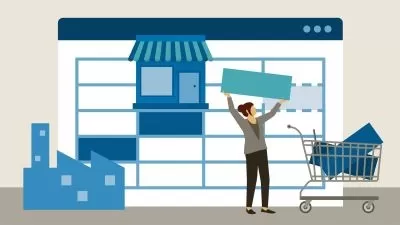
Linkedin Learning


Curt Frye
Excel Supply Chain Analysis: Managing Simulations Using VBA 54:59
English subtitles
09/08/2024
Subtitle
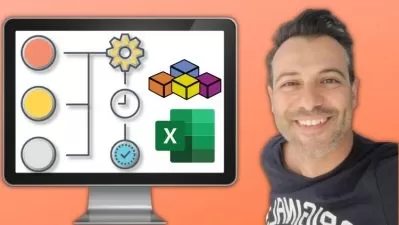
Udemy


Andreas Exadaktylos
Excel Macros & Excel VBA Programming for Beginners 9:03:15
English subtitles
07/21/2024
Subtitle
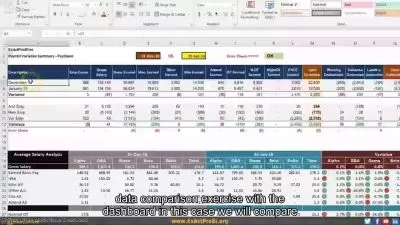
SkillShareCompare two Excel sheets or datasets with Excel VBA Tool
2:12:11
English subtitles
02/05/2024
Subtitle
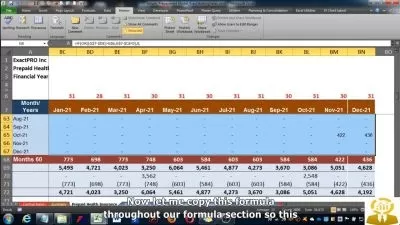
SkillShareBuild Excel Models using Advanced Formulas, VBA, Power Query
5:53:14
English subtitles
01/13/2024
Books
Frequently asked questions about Excel VBA
VBA stands for Visual Basic for Applications. It is a programming language that makes it possible to automate tasks in Office Applications. Excel VBA is the version for Microsoft Excel. So if there is a task you do regularly in Excel, you can code and store the steps with VBA. This stored set of steps or instructions is the macro. A macro is like a saved action. Basically, Excel VBA lets you assign the steps, and the macro runs those steps. You can also create a macro by recording steps with Excel's Macro Recorder; you often will use a combination of the two. You can record with Macro Recorder and then add special steps with VBA. You can have more than one macro you create and run. Excel experts use these VBA and macros to do complicated tasks and get the most out of Excel.
If you use Microsoft Excel for repetitive and complex tasks regularly, it is worth learning VBA. You can do more with the application because Excel VBA lets you automate tasks through macros. This allows you to do more complex tasks, and you can also store tasks you do on a regular basis so that they are faster and easier. Knowing VBA can let you do more complex analysis with your Excel spreadsheets, too. In essence, learning VBA can make your job faster and easier.
You can learn the basics of Excel VBA in a few hours but it depends on what you want to learn and be able to do. If you are already very comfortable with Microsoft Excel, that will save you time. If you want to learn how to create macros for the tasks you do most often, you can learn that in a few hours or a day. If you want to learn to write VBA code or analyze complex data sets and automate results, that can take longer. You might want to spend a week, or around 20 hours plus practice time. Like with many programs, becoming an expert might take you years of practice. For the average user's needs, somewhere between two and 25 hours of learning should be enough to give you a solid grounding in Excel VBA and get you on your way.
Excel VBA is useful for a wide range of careers. Knowing VBA can help in any profession where you use Microsoft Excel on a regular basis — this means almost any career where you use spreadsheets. These careers can include finance, sales, marketing, project management, and more in a variety of industries. In particular, data analysts use Excel VBA frequently. Data analysis jobs often demand that you know VBA and are comfortable with using macros. Excel VBA is also key for other analysis jobs, including marketing, investment, and systems analysis. There are programming jobs that focus largely or solely on programming in VBA. Software analysts and consultants often need to know VBA to develop macros specifically for their clients. If you use Excel, VBA can range from a bonus skill to a necessity for your career.









